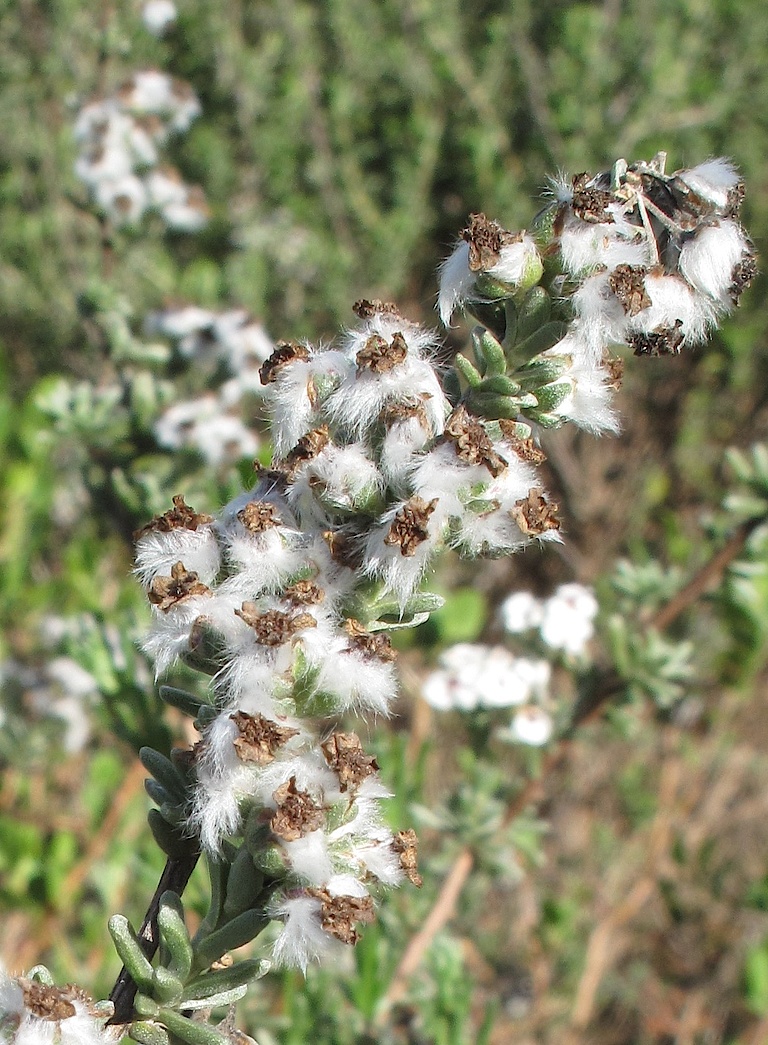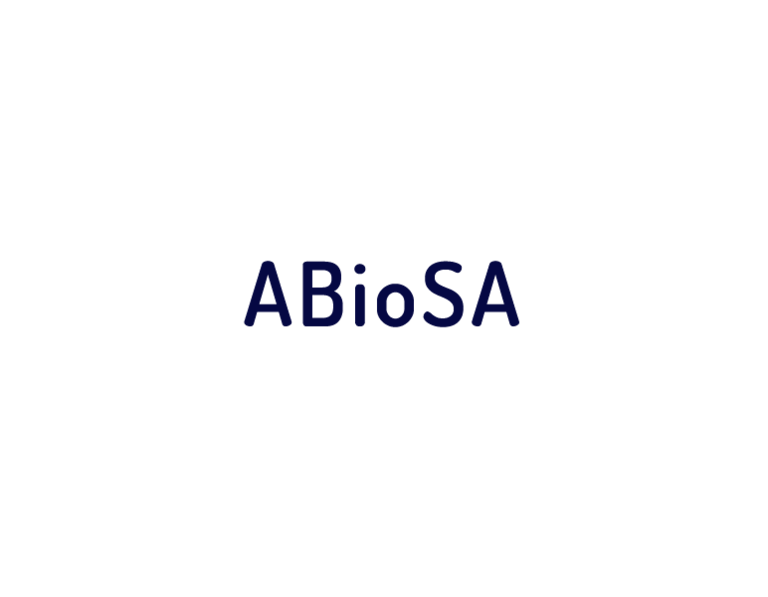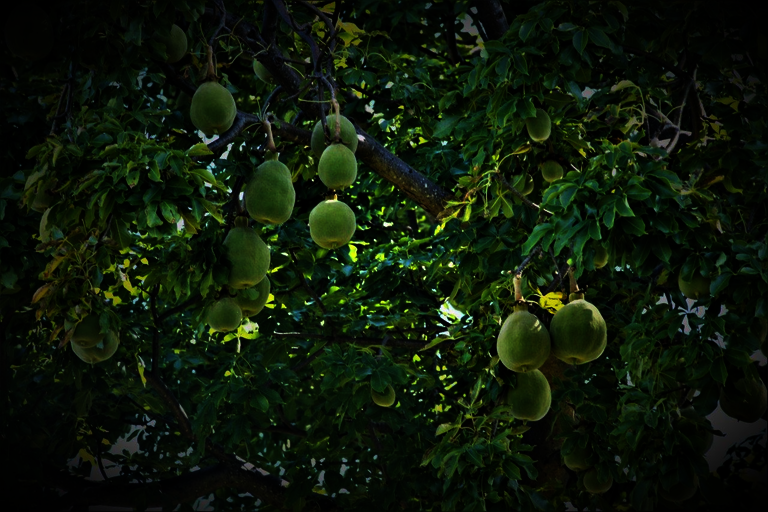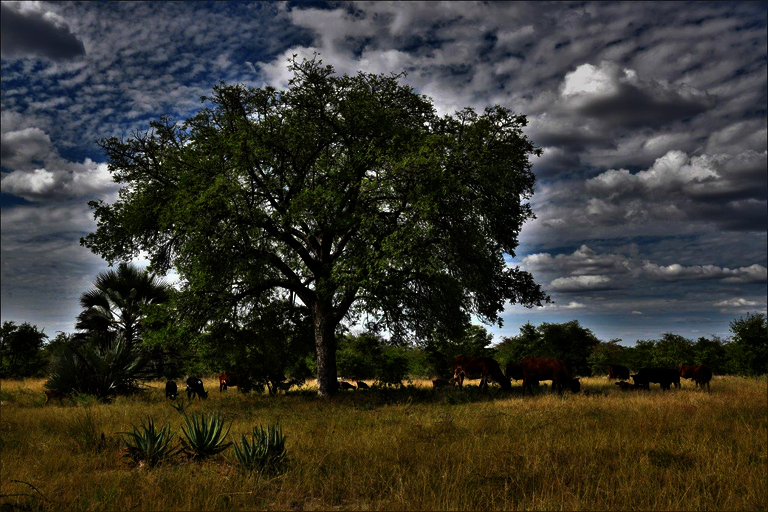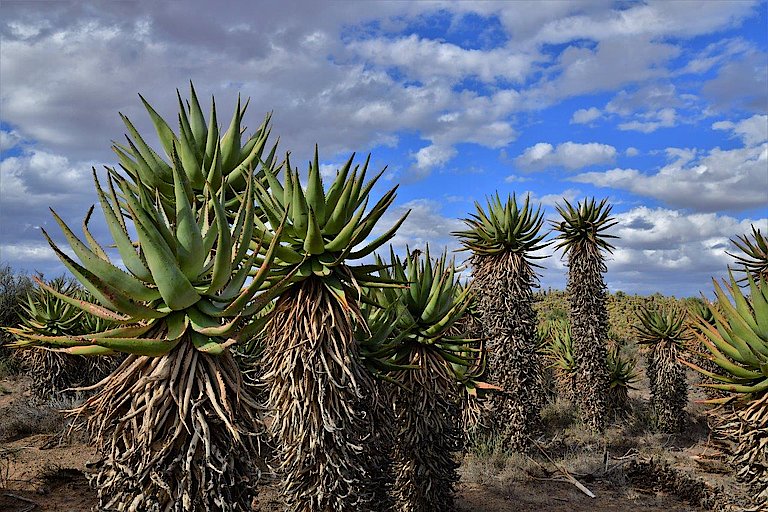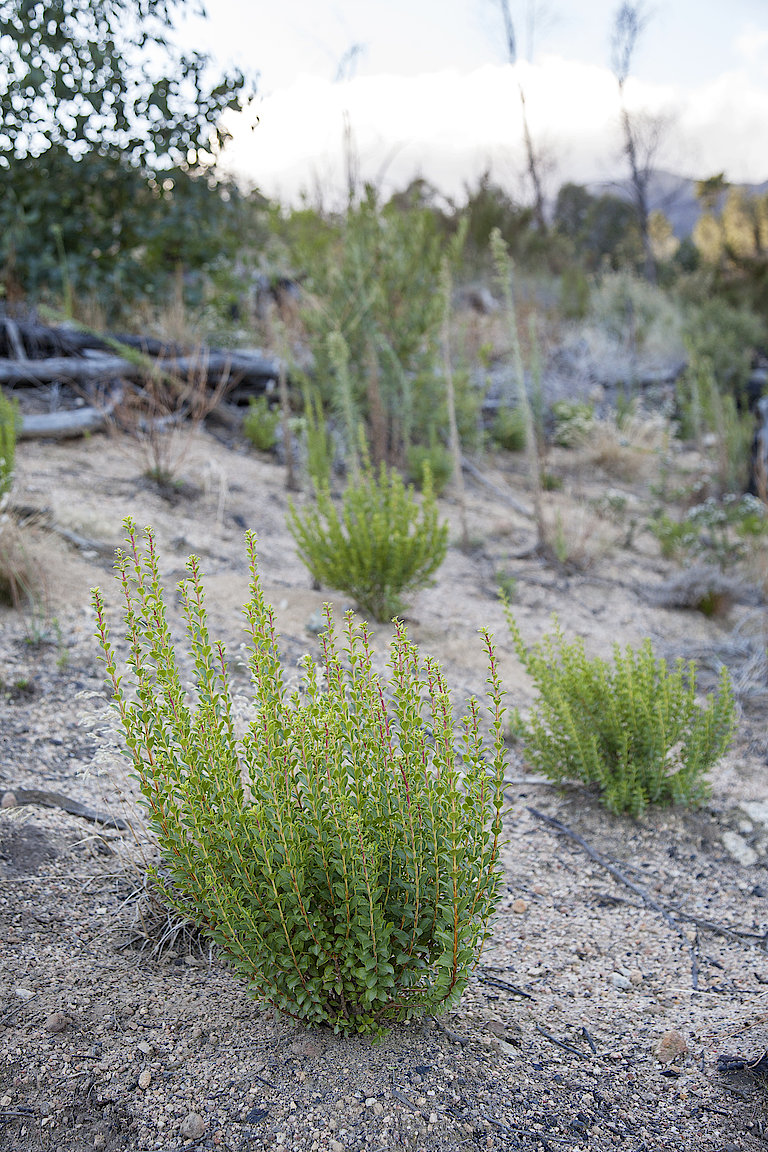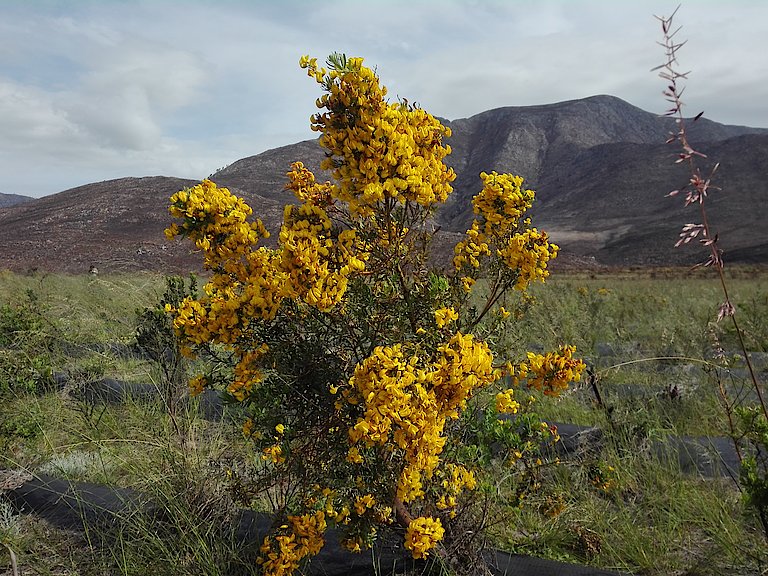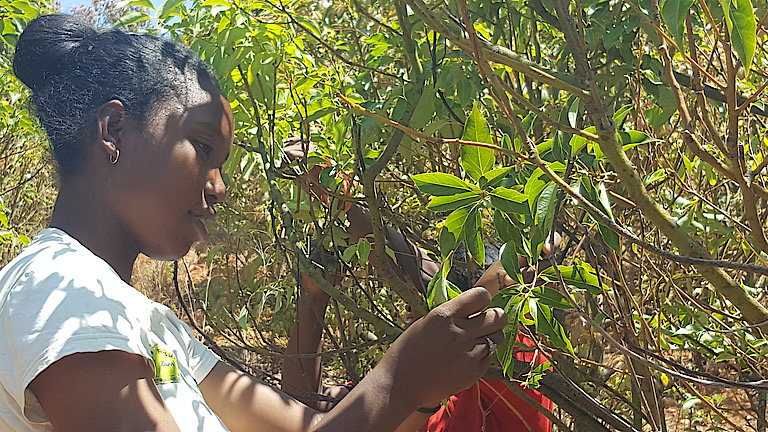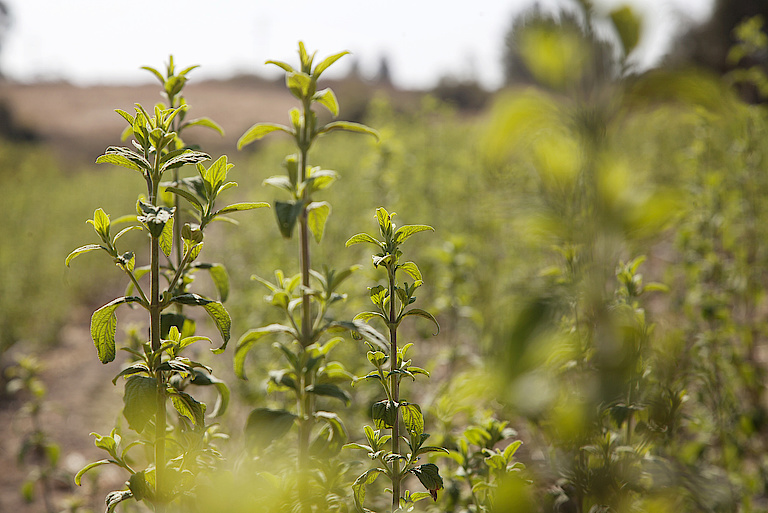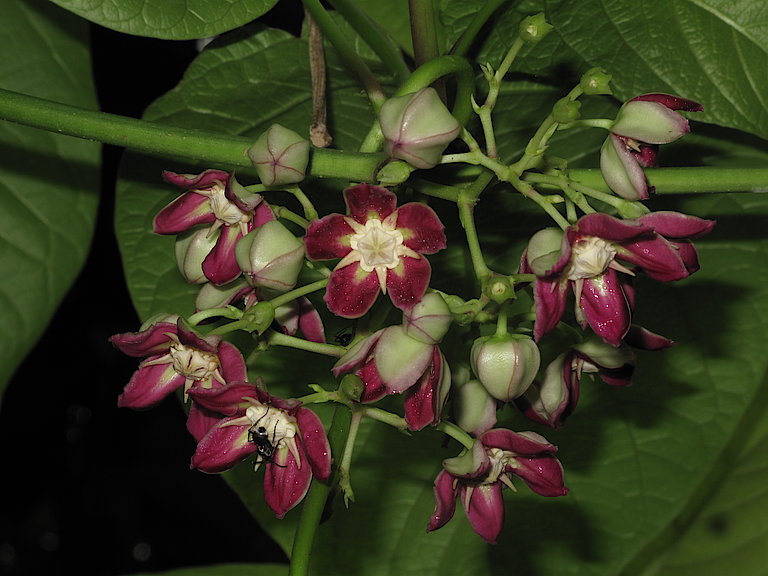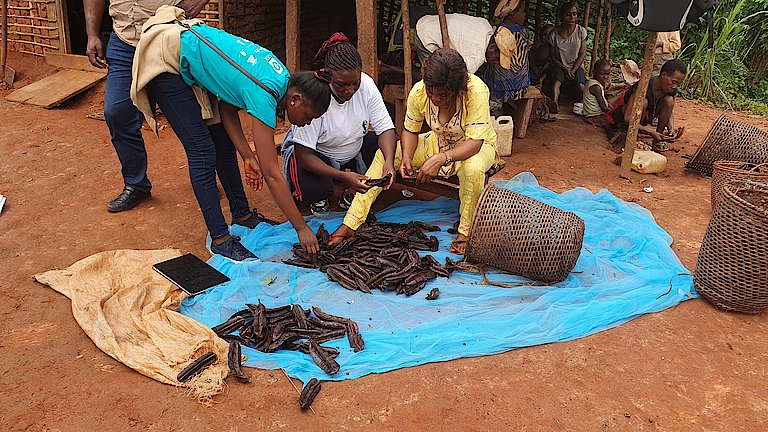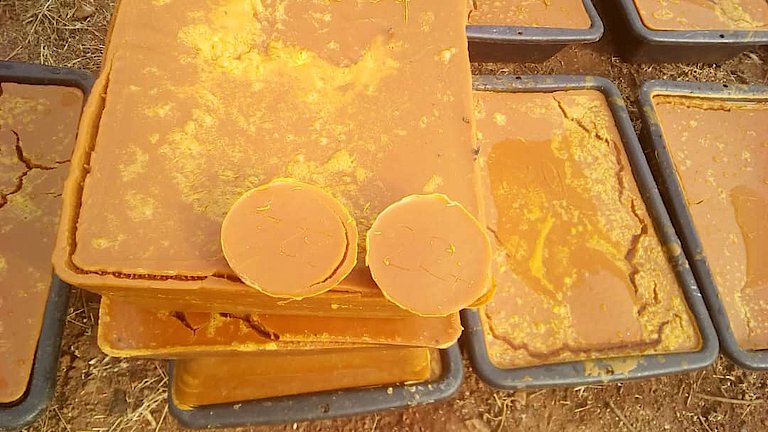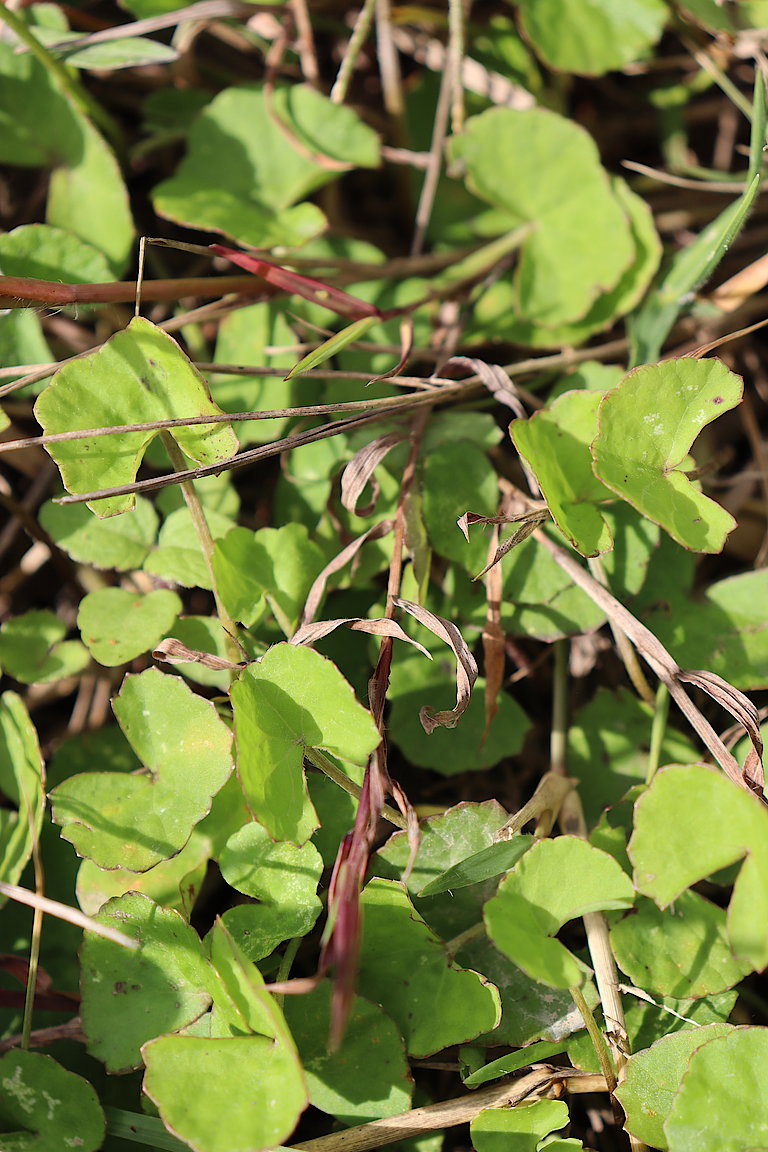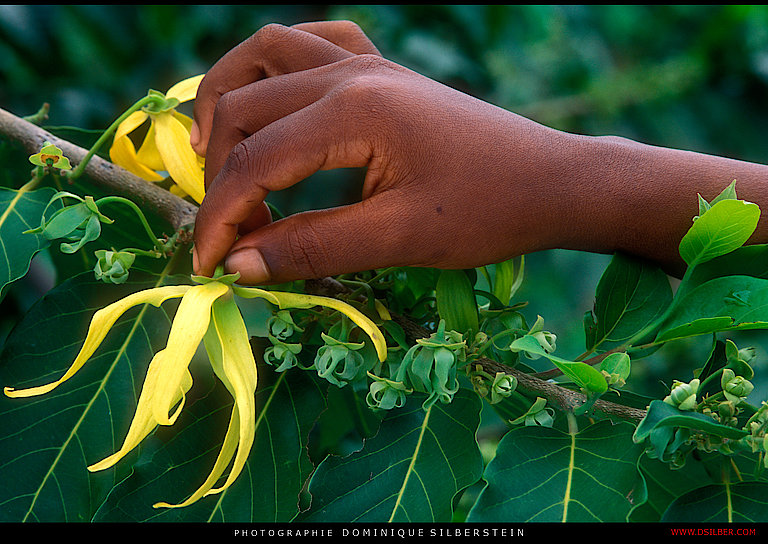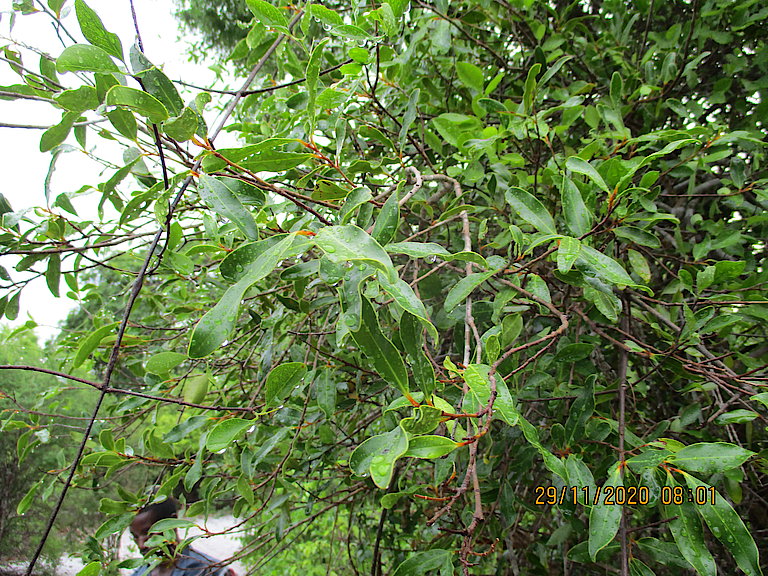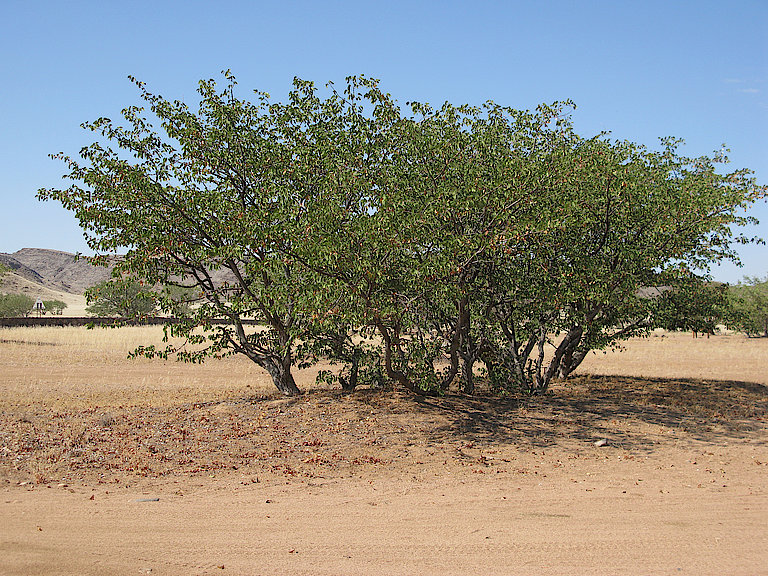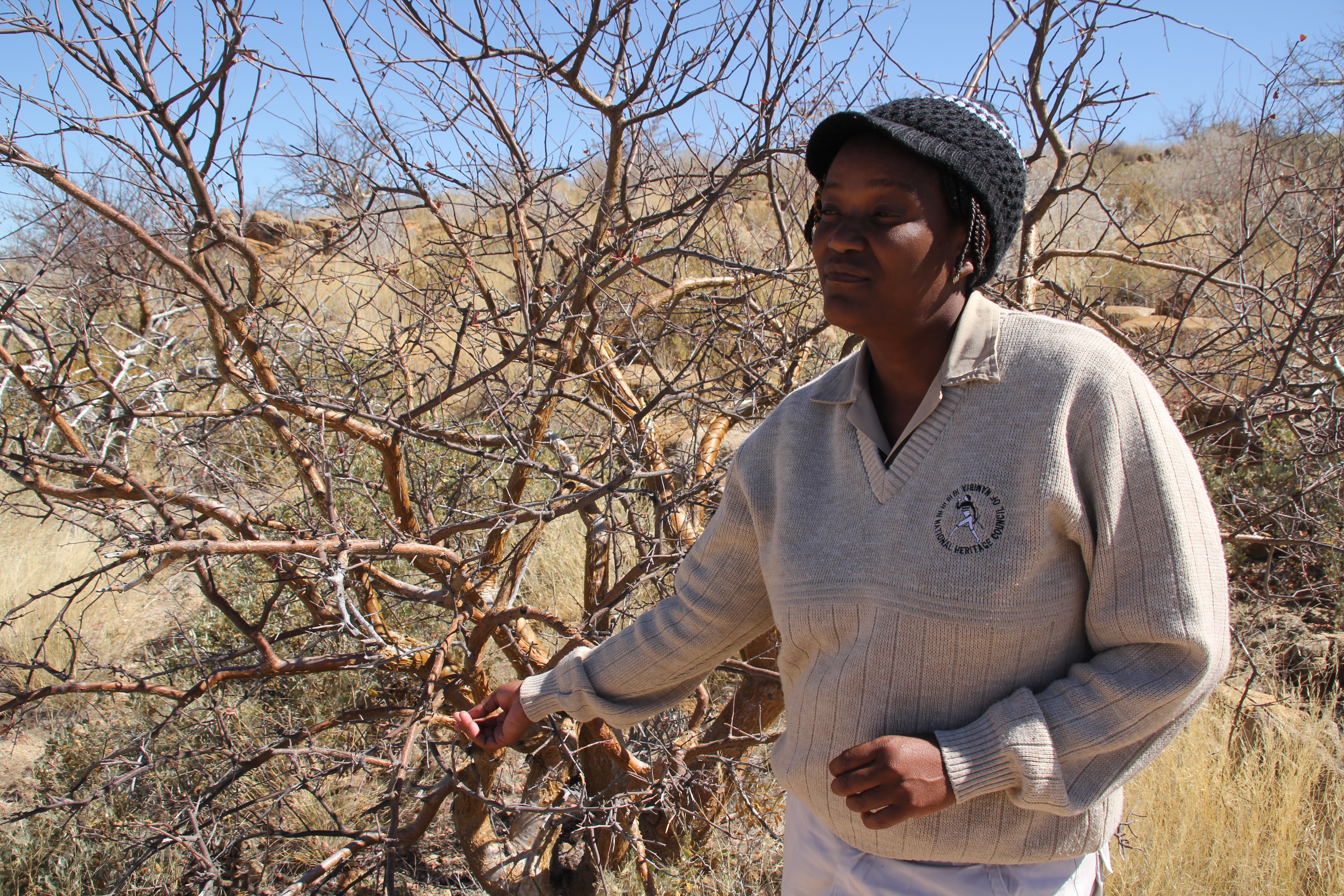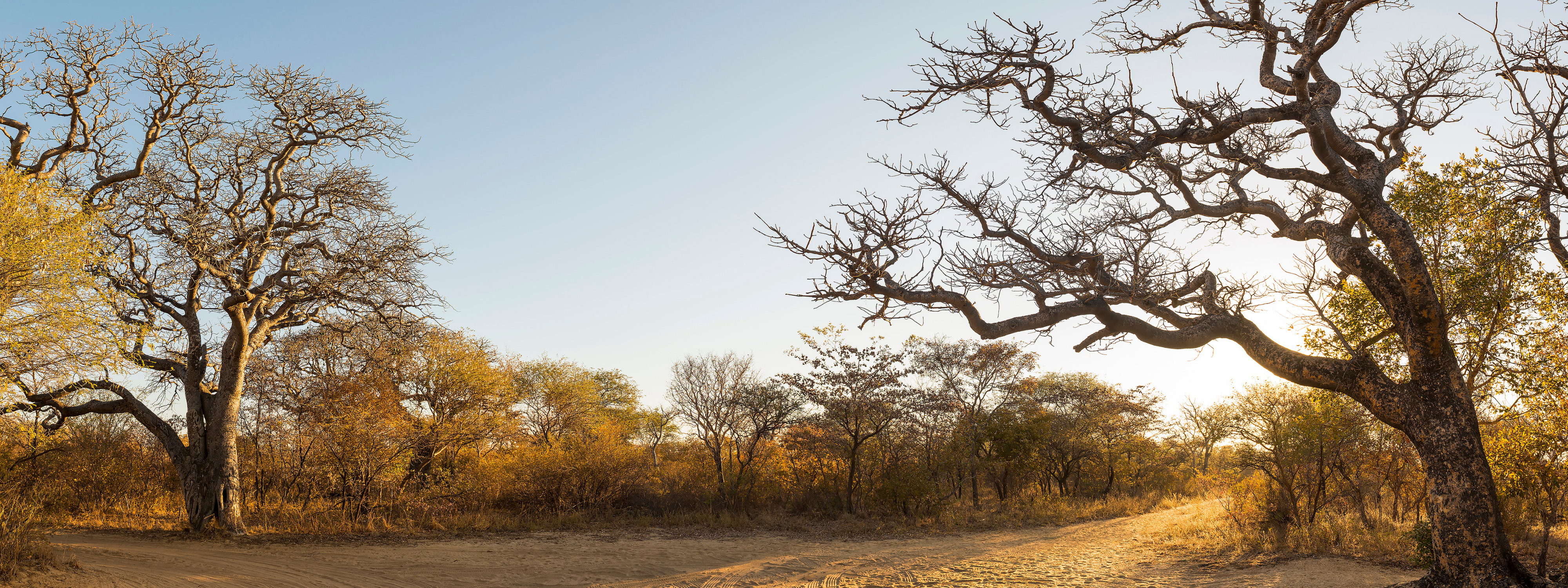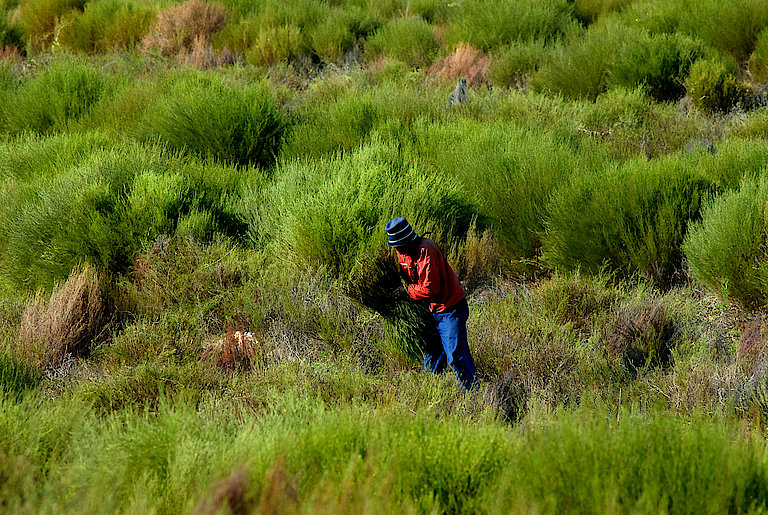Cape Chamomile (Eriocephalus spp.) is restricted to the winter-rainfall region of South Africa and only grows in the Cape Floral Kingdom and Greater Cape Floristic Region. Eriocephalus ericoides is the most widely distributed species and occurs in Namibia, the Free State and the Northern, Western and Eastern Cape. Eriocephalus eximius is found in the high mountainous areas along the Southern Great Escarpment and Eriocephalus racemosus is found on sandy soil along the coast extending from Hondeklip Bay to Melklbosstrand and Port Elizabeth to Lambert's Bay.
The SANBI Red List indicates that Eriocephalus punctulatus was not included in the resource assessments done in 2010 for the Threatened Species Programme and was allocated a status of least concern. Similarly, Eriocephalus ericoides, eximius and racemosus were all automatically assigned a least concern status in 2005. The four different Eriocephalus species are not listed on CITES or have any NDFs. The companies working with the resources do not conduct any wild harvesting and cultivate all plant material to maintain specific quality levels; and have developed their own internal best practices relating to cultivation. Currently there is no BMP available for the wild harvesting or general cultivation of the resource.
Sustainable use
The companies working with the resource do not conduct any wild harvesting and cultivate all plant material to maintain specific quality levels; and have developed and implemented measures for sustainable supply. The cultivated resource is reported to have minimal environmental impacts but needs some irrigation in times of drought. Harvesting schedules are used to obtain optimum yields of oil without affecting the longevity of the plants. As a pioneer plant, the natural resource recovers easily after harvesting.
